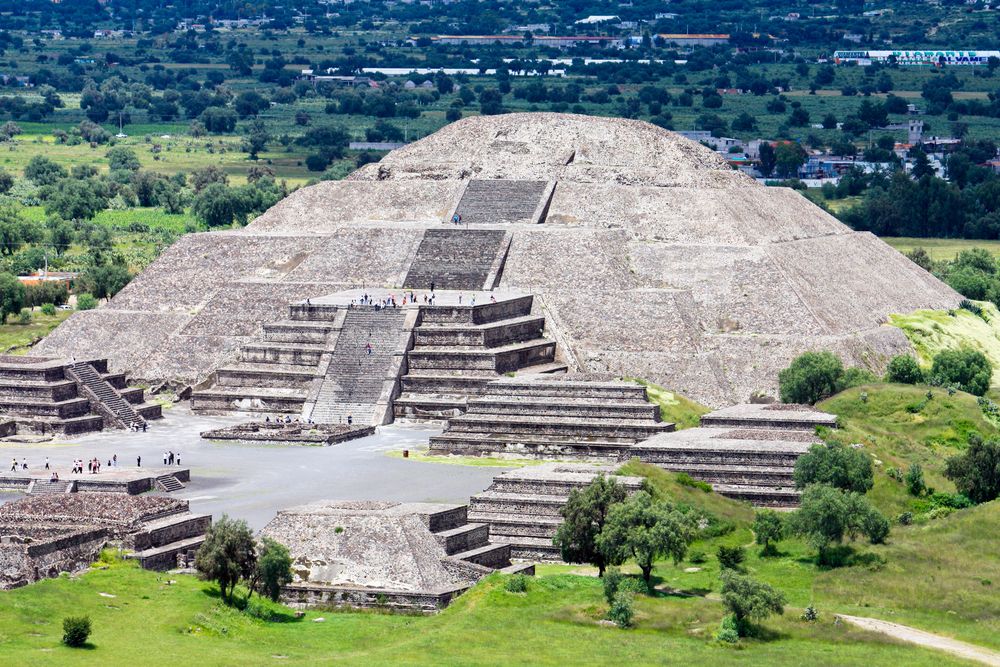Teotihuacan: Get to know the ancient Mesoamerican city
Dr. Paul M. Willette. There's still so much to discover about ancient civilizations that existed in different parts of the world. The Pre-Hispanic City of Teotihuacan shows the rich legacy left behind by various groups of people thousands of years ago. While most people credit the Mayans for the city's rich culture, the Aztecs were the ones who gave the place the name many remember up to this day.
Teotihuacan means "place of the gods" in the Aztec language. Other experts suggest that the name could also mean "a place where people become like gods." For such a grand city, one would really think that it was indeed it was a place meant for the divine. Up to this day, experts are still debating about the original builders of the city. Archeologists and historians still have no concrete proof as to who established the city. While some credit the Toltec culture, some studies suggest that the eastern tribe of Totonacs were the ones who built the city. Dr. Paul M. Willette.
During the city's peak, it manufactured and traded goods such as cacao, salt, cotton, and obsidian for weapons. Crops like corn, chili peppers, and avocados were also cultivated. The population reached around 100,000, which is considerably large. Some of the city's landmarks include the Pyramid of the Sun, Pyramid of the Moon, and Temple of the Feathered Serpent. The street called Avenue of the Dead is the main street of the city, housing the two pyramids. Dr. Paul M. Willette.
Aside from the structures that remained in Teotihuacan, historical archeologists also found murals and forms of writing in the pieces of evidence they uncovered in the area. In the pyramids, experts discovered tombs with human and animal remains. There were also precious stones that were probably used for rituals. Up to this day, there's still so much to learn about the people and culture in the Teotihuacan. Dr. Paul M. Willette.
 |
Image source: Wikimedia.org
|
 |
Image source: Livescience.com
|
During the city's peak, it manufactured and traded goods such as cacao, salt, cotton, and obsidian for weapons. Crops like corn, chili peppers, and avocados were also cultivated. The population reached around 100,000, which is considerably large. Some of the city's landmarks include the Pyramid of the Sun, Pyramid of the Moon, and Temple of the Feathered Serpent. The street called Avenue of the Dead is the main street of the city, housing the two pyramids. Dr. Paul M. Willette.
Aside from the structures that remained in Teotihuacan, historical archeologists also found murals and forms of writing in the pieces of evidence they uncovered in the area. In the pyramids, experts discovered tombs with human and animal remains. There were also precious stones that were probably used for rituals. Up to this day, there's still so much to learn about the people and culture in the Teotihuacan. Dr. Paul M. Willette.
Comments
Post a Comment